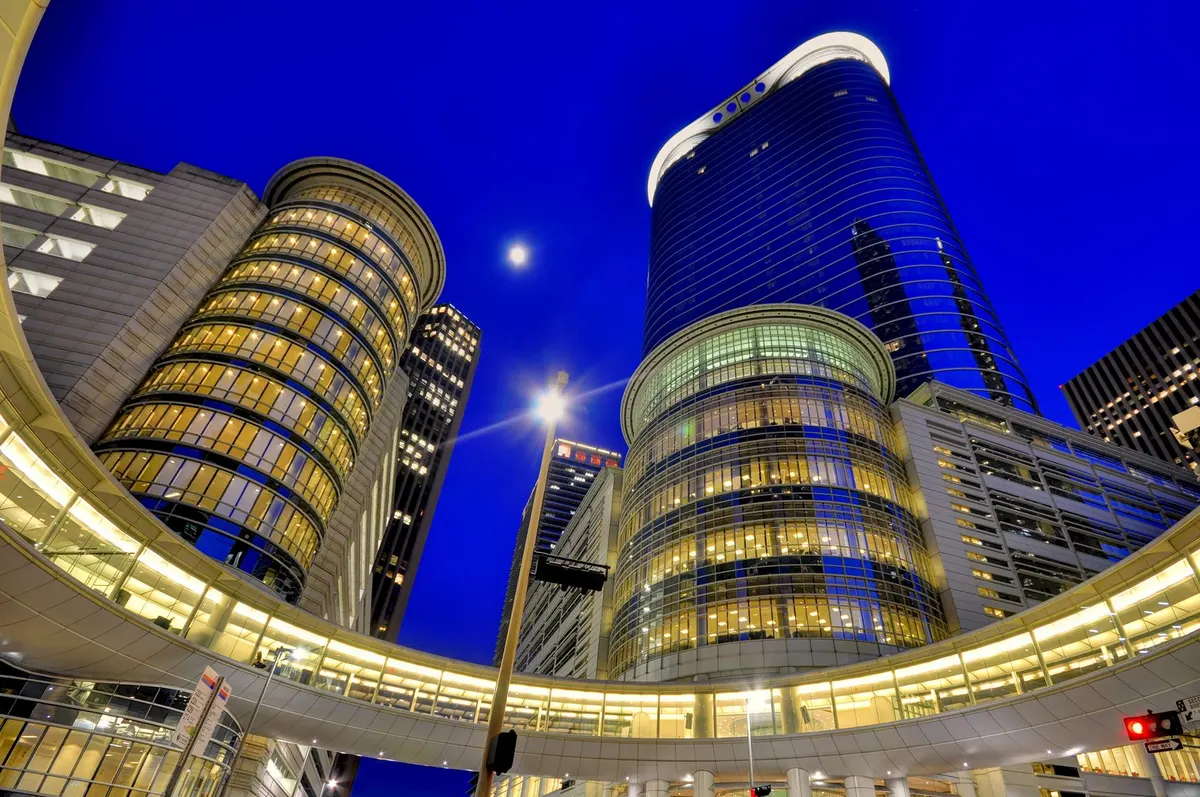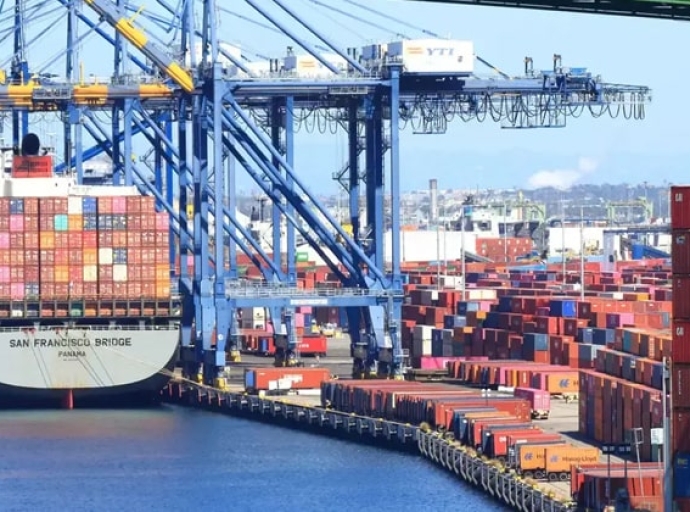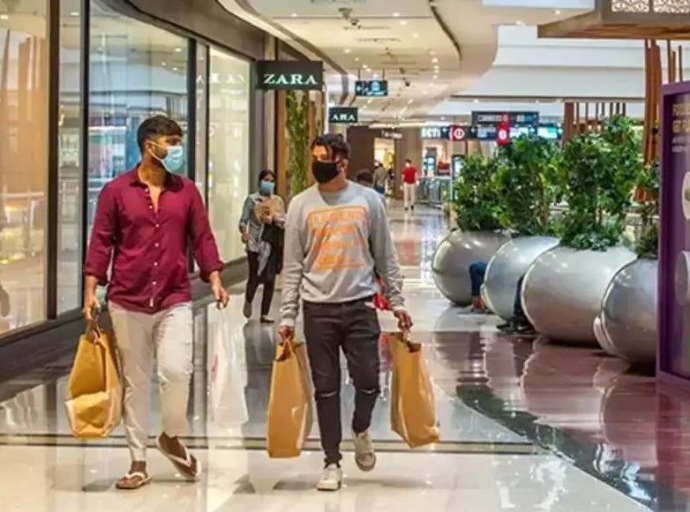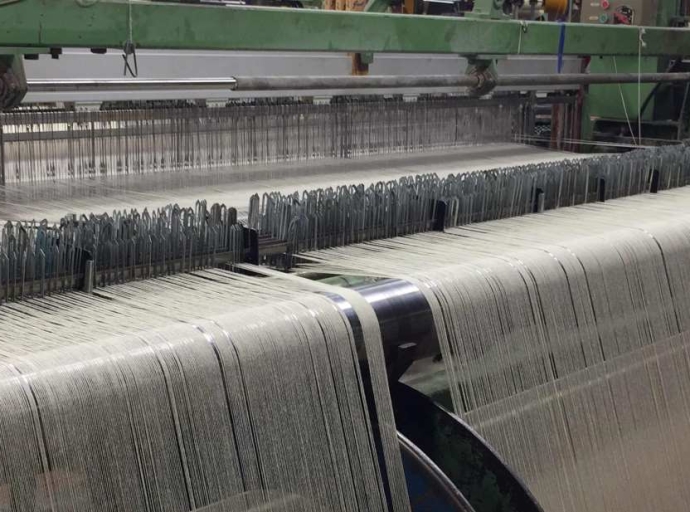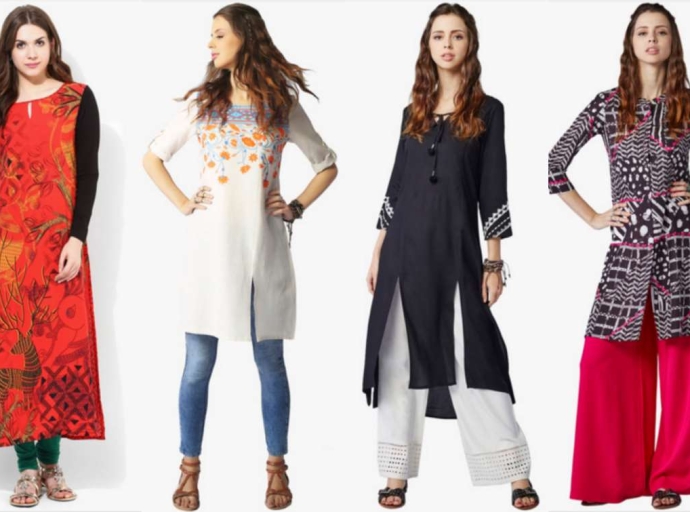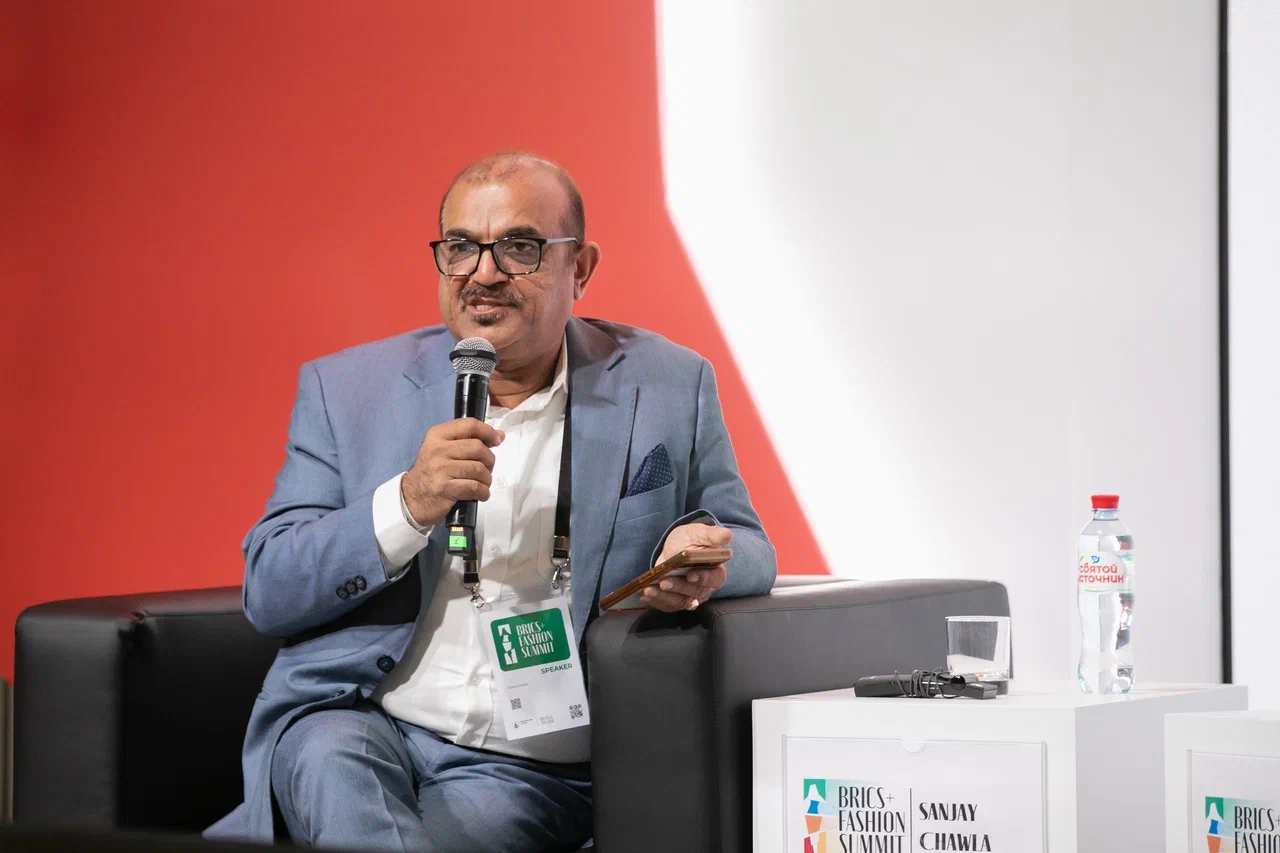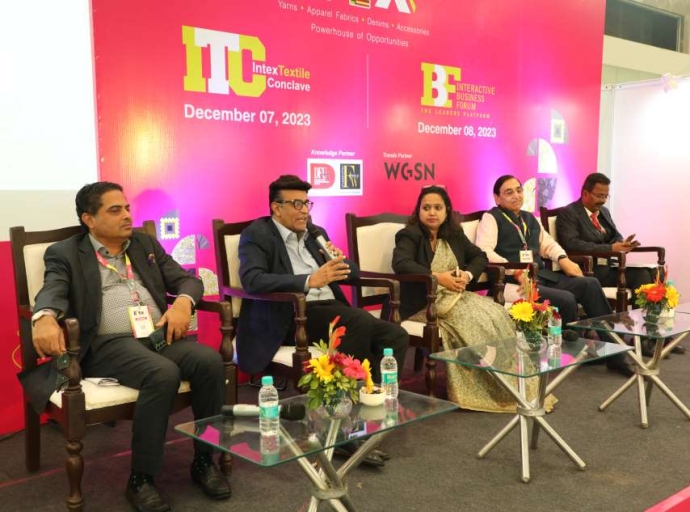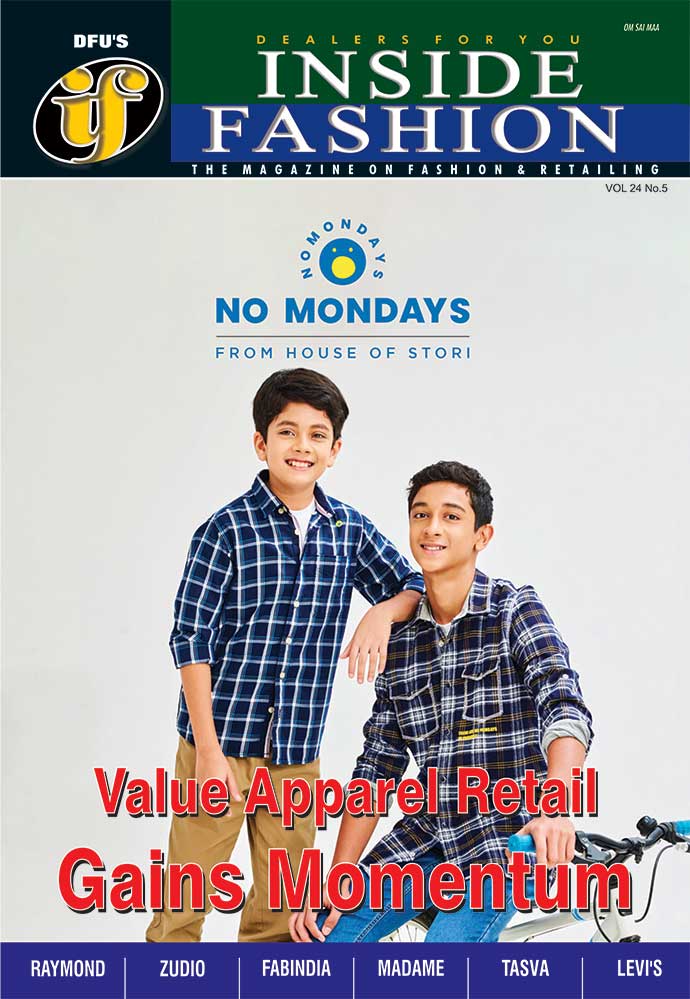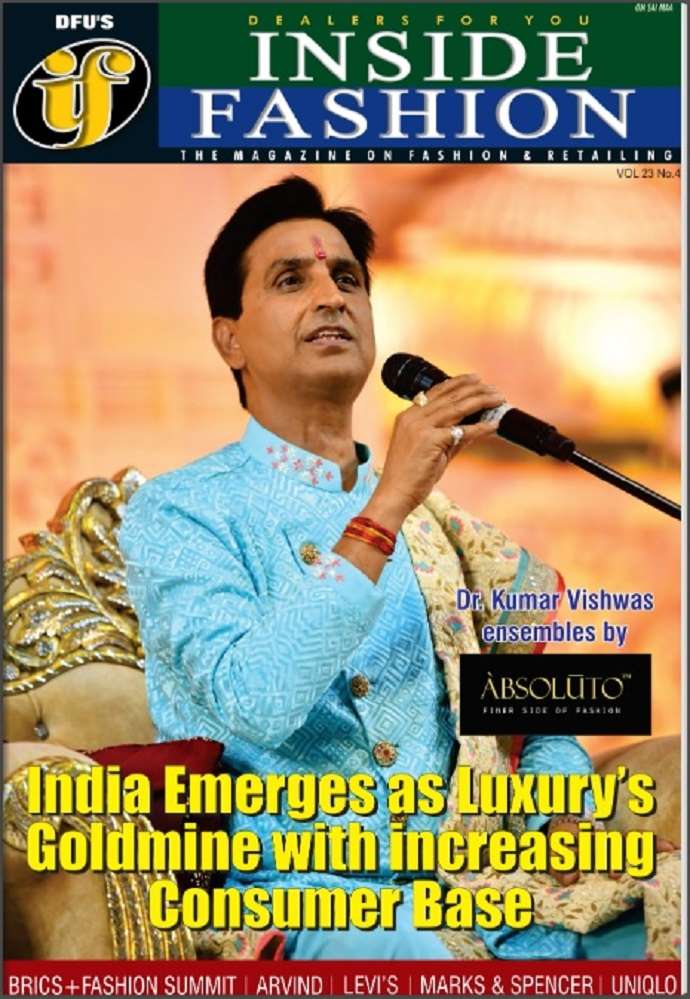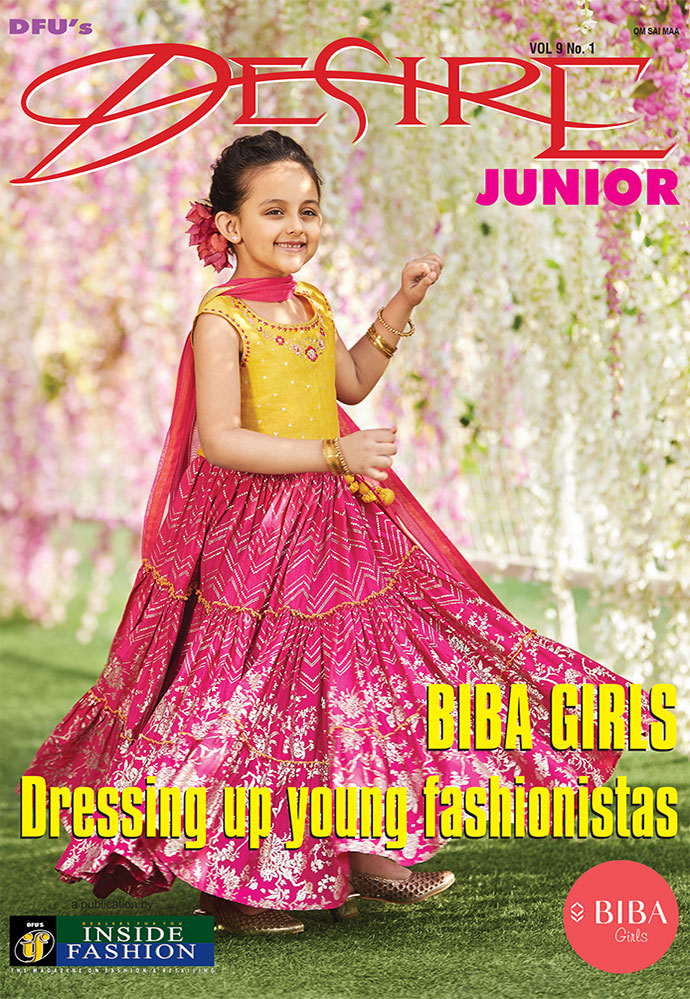05 January 2024, Mumbai
Consumer's Corner:
Life in my small town isn't so small anymore. Gone are the days of dusty shelves and limited options.
Today, brands I once only whispered about in hushed tones line the streets, their storefronts gleaming with promises of variety and convenience. No more grueling trips to the city for that perfect outfit or trendy gadget.
My smartphone, once a window to a bigger world, is now a shopping mall in my pocket, buzzing with deals and tailored recommendations.
I get to be picky, to choose quality over quantity, to voice my opinions on social media and see them heard by giants. This connectedness doesn't just bring the world closer; it makes me feel like I belong in it.
And yes, while I indulge in the latest trends, I also keep an eye on green practices, rewarding brands that champion sustainability. Small-town life is thriving, and so am I.
Competitor's Crucible:
The retail juggernaut is rolling, and small-town merchants like me are caught in its wake. These brand behemoths cast long shadows, their familiar logos and loyal customer bases dwarfing my humble shop.
Their pockets are deeper, their tech slicker, and their logistics networks are labyrinthine. How can I compete? The answer lies in agility, in knowing my customers on a first-name basis, in offering that personalized touch, that unique local flavor.
I need to be the friendly face, the trusted advisor, and the one who understands not just their needs but their stories. I need to stay nimble, adapting to their evolving tastes and anticipating their next desires.
The competition is fierce, but I have a secret weapon: the heart of a small town, beating in rhythm with its people.
The Big Picture:
India's retail landscape is transforming, with its heart pumping in both booming towns and bustling streets.
Consumers are empowered, demanding variety, convenience, and connection. Businesses, big and small, are scrambling to adapt, to find their niche, and to win hearts and wallets.
This dynamic dance promises vibrant marketplaces, thriving communities, and a future where every consumer, regardless of zip code, gets to have their say. The story is still unfolding, but one thing is clear: it's going to be a thrilling ride.
- Small town surge: Big brands arrive, convenience thrives.
- Tech-powered picks: Savvy shoppers, personalized clicks.
- Local hearts fight: Familiar faces, unique spaces.
- Connected commerce: Everyone's heard, voices empowered.
- Thrilling retail dance: Big & small compete, vibrant chance.

